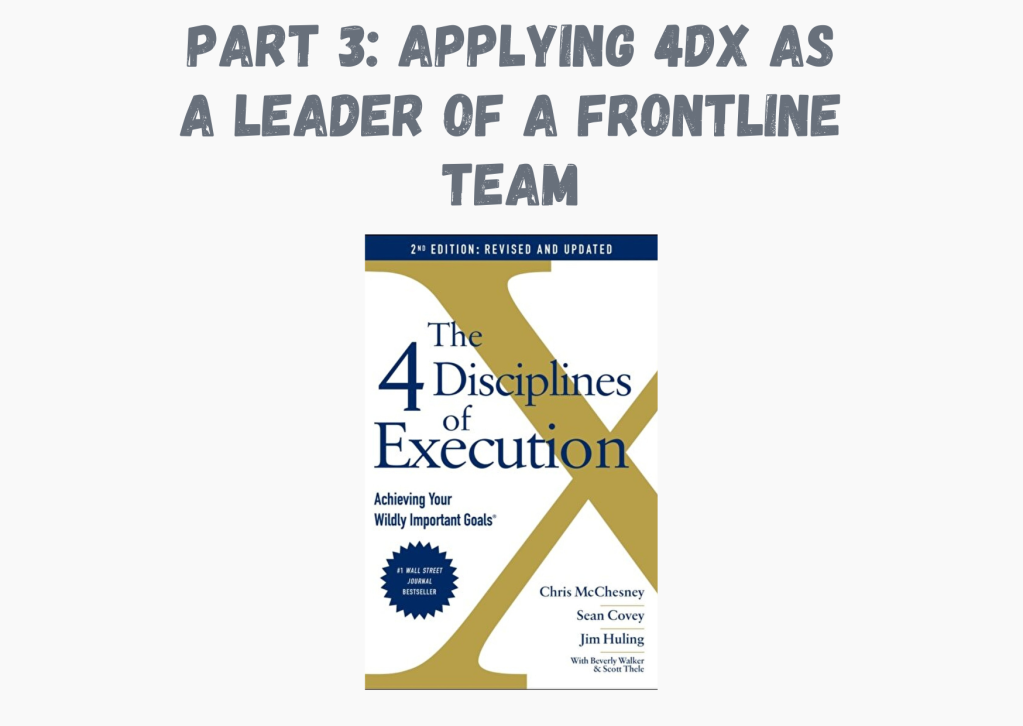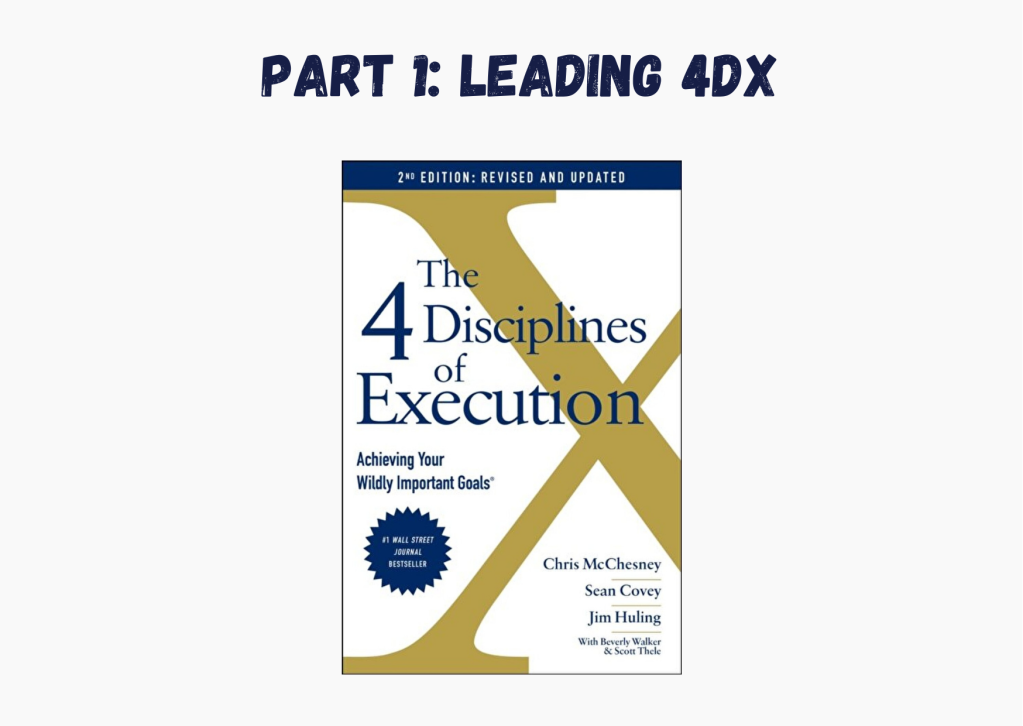The final post in this series is now available. “The 7 Habits of Highly Effective People” is a book that can guide you through challenges and it is helpful to keep it near.
1️⃣ The 7 Habits of Highly Effective People – Part One: Paradigms and Principles
2️⃣ The 7 Habits of Highly Effective People – Part two: Private Victory
3️⃣ The 7 Habits of Highly Effective People – Part three: Public Victory










